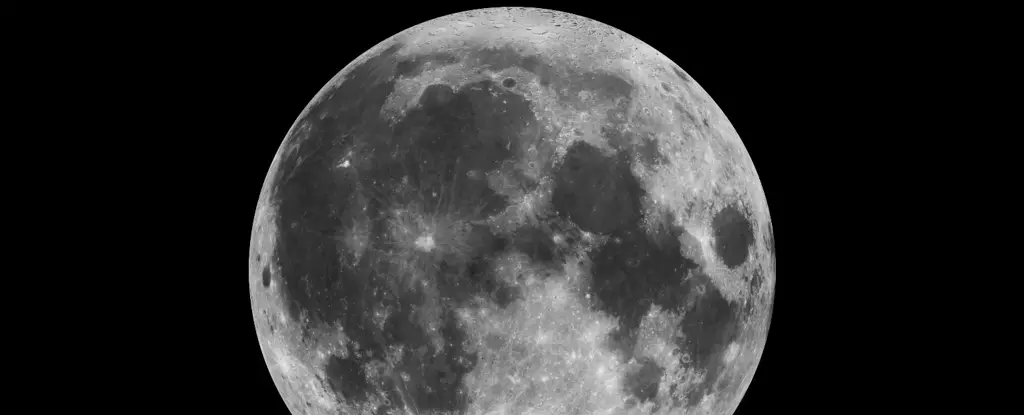In an exciting development for astronomers and space enthusiasts alike, Earth is set to gain a new, albeit temporary, natural satellite. This visitor, affectionately dubbed a “mini-moon,” is not merely a figment of our astronomical imagination but a small asteroid identified as 2024 PT5. With a diameter of approximately 10 meters (33 feet), this celestial body is scheduled to become a transient satellite of our planet starting September 29, 2024. The scientific community eagerly anticipates the asteroid’s stay, which is expected to last roughly 56 days, during which it will complete one full orbit around Earth. On November 25, it will escape from our planet’s gravitational influence, embarking on its journey back through the solar system.
The recent discovery of 2024 PT5 was made by the Asteroid Terrestrial-impact Last Alert System (ATLAS) on August 7, 2024, just a day before its nearest approach to Earth. At that time, the asteroid came remarkably close, passing within 567,000 kilometers (352,300 miles) of our planet, which is about 1.5 times the moon’s average distance. This close approach provided an opportunity for astronomers from the Complutense University of Madrid to analyze its trajectory using data compiled from JPL’s Small-Body Database. This information, derived from 122 observations over the course of three weeks, revealed intriguing details about the object’s orbital behavior and origins.
One of the most captivating aspects of 2024 PT5 is its horseshoe-shaped orbit. The asteroid journeys through space at a relatively slow pace, creating a delightful yet short-lived moment in which it orbits our planet. Unraveling its trajectory has given astronomers insights not only into the asteroid’s current path but also into its past and predicted future. The calculations suggest that 2024 PT5 has historical ties to a group of near-Earth objects known as the Arjunas, which share similar orbital patterns as Earth itself.
Interestingly, this isn’t 2024 PT5’s first rendezvous with Earth. Up to 60 years of its history have been traced back with reasonable certainty, indicating past close encounters in the years 2003, 1982, and 1960. During those flybys, the asteroid was still more than 8.2 million kilometers (5.1 million miles) away from our planet. Its closest encounter in modern times occurred in October 1937, though details from that long-ago encounter remain less certain.
Looking ahead, the “mini-moon” has already been earmarked for a return visit to our cosmic vicinity on November 8, 2055. However, this time it will not come as close as it is now; 2024 PT5 is expected to pass at a distance of 5.2 million kilometers (3.3 million miles). Furthermore, astronomers predict an additional close approach could occur as early as January 2084, at about 1.66 million kilometers (1 million miles). Such future visits provide ample opportunities for research and further exploration of these intriguing space rocks.
The journey of 2024 PT5 is not unprecedented. In 2020, astronomers discovered a small asteroid, approximately 3.5 meters (11.5 feet) wide, had been orbiting Earth for about three years before it drifted away into the vastness of space. A different type of mini-moon, recognized in 2016, functioned as a quasi-satellite, trailing behind Earth and remaining influenced by its gravitational pull for nearly a century. These transient relationships help illustrate the complex dynamics of Earth’s gravitational influence on small celestial bodies.
The impending arrival of 2024 PT5 presents a unique occasion for scientific discourse and community engagement regarding our planet’s interactions with the cosmos. By studying these fleeting encounters, astronomers can deepen their understanding of the origins of asteroids, the characteristics of mini-moons, and the broader workings of our solar system. As we prepare for 2024 PT5’s short stay, it serves as a reminder of the ever-changing nature of our celestial environment and the adventures that await on the horizon of cosmic discovery.


Leave a Reply